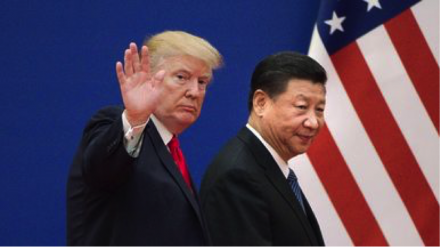Source: Economic Times
New Delhi, May 14, 2012 – The government and the central bank are pondering over a plan to move bulk dollar purchases by oil marketing companies out of a turbulent currency market to make the weakening rupee less volatile.
With a weekly demand of $2-3 billion, roughly one out of every 10 dollars bought or sold in the Indian foreign exchange market is by oil companies. In a choppy market, the rupee comes under pressure whenever these companies step in to buy the greenback.
“In such circumstances, a direct dollar line to oil companies can help check volatility in currency markets…It has been discussed,” said an official familiar with the matter. India’s crude oil and petroleum product imports totaled about $155 billion last year.
On a few occasions in the past, the Reserve Bank of India (RBI) has temporarily opened a special window to supply dollars to oil companies to ring-fence the currency market.
The last time such a facility was offered to oil companies was in 2008, when the collapse of Lehman Brothers and the subsequent financial meltdown froze money markets across the world.
Termed special market operation, the transaction involves the central bank selling dollars directly to oil companies at the reference rate – which is based on the dollar-rupee exchange rates prevailing around mid-day – and receiving securities or rupee equivalent from the companies.
In 2008, oil companies had exchanged oil bonds (issued by the government) for dollars from the RBI. But this time the proposal is to let the RBI receive rupee equivalent from oil companies buying dollars, said another person familiar with the proposal.
Often, oil companies have to bear the brunt of a volatile rupee which pushes up the oil import bill. “Our dates for entering the market are known to all as we have to pay for crude imports as per contract,” said a senior board member of an oil company. Oil companies had written to the RBI seeking a direct dollar window.
Crude prices have fallen from a high of $115 a barrel to $110 now. But the rupee has slipped by 4 to a dollar. “The rupee’s depreciation would have offset the gains from fall in crude prices,” said PV Narsimhan, former director (finance), IndianOil.
According to industry estimates, every dollar rise or fall in crude price would impact sales by 3,500 crore annually; a fall of $5 a barrel would reduce under-recoveries of oil companies by around 40,000 crore a year. Thus, a direct dollar line could also help in marginally lowering the import bill.
Besides market intervention, the RBI has recently taken steps to improve dollar supply. Banks have been allowed to offer higher returns on dollar deposits by NRIs while corporates have been directed to convert export earnings into rupees. Chances are the RBI may explore other options to ease supply.
“This may well be the time to take dollar buying for defence imports out of the foreign exchange market,” said Essar Group Treasurer Partha Bhattacharyya.
The rupee, which came under pressure due to policy flip-flops and the Euro zone crisis, has fallen almost 9% against the dollar since March, forcing the RBI to intervene and take regulatory measures. The local currency ended lower at 53.63 to a dollar on Friday against Thursday’s close of 53.42. It touched a low of 53.69 in intra-day trade.
Hinting at more measures, RBI Deputy Governor Subir Gokarn said on Friday the central bank will continue to use instruments within its ambit to curb volatility in the foreign exchange market.







